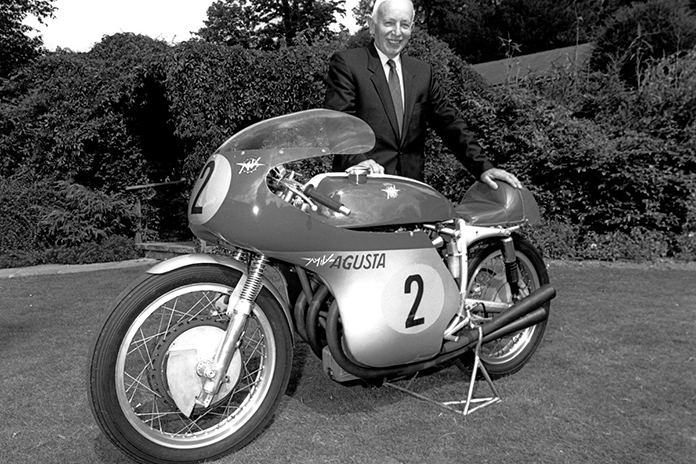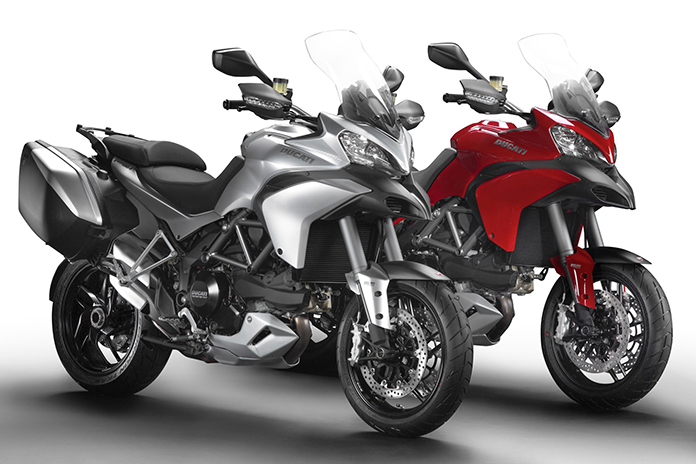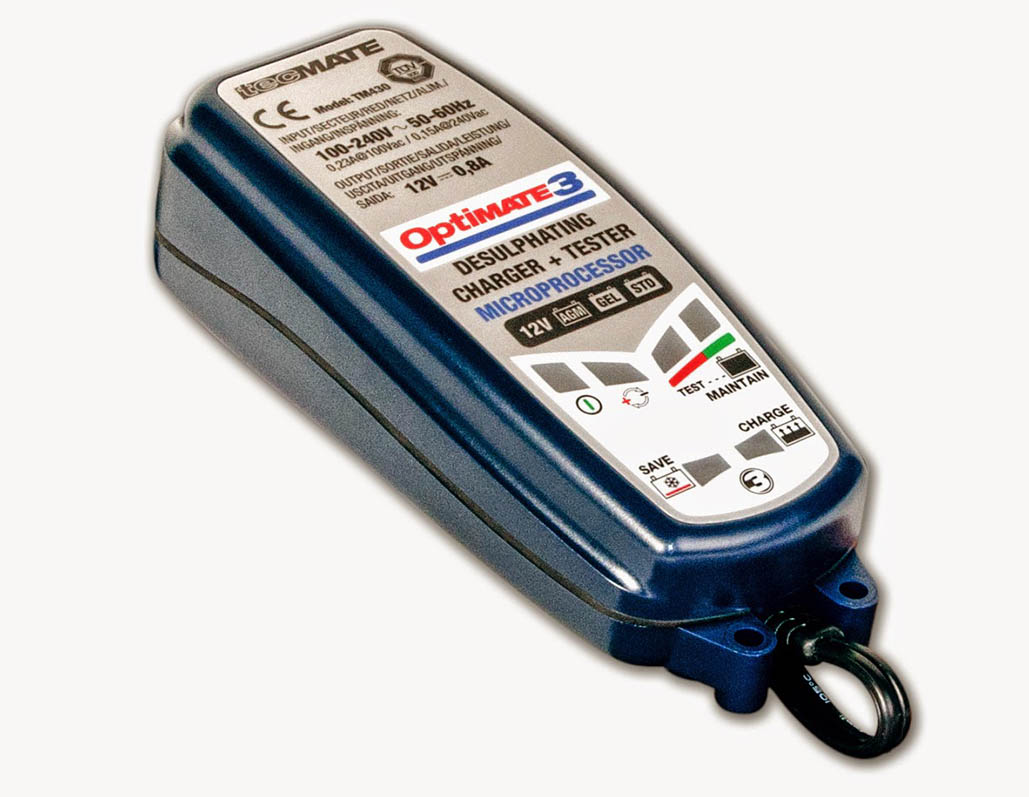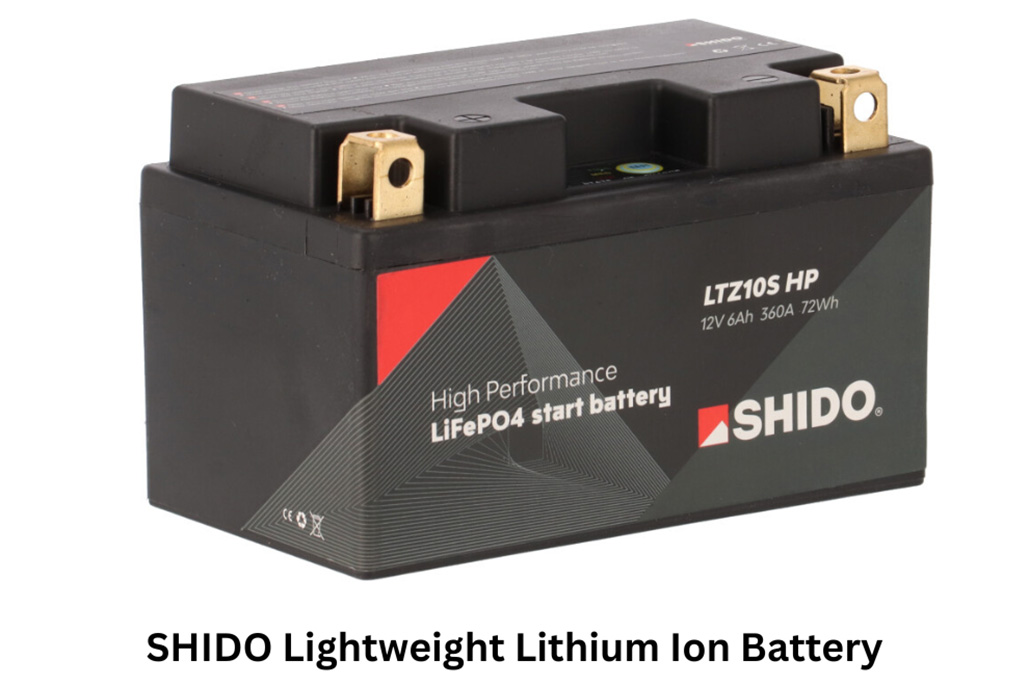Optimate Advice For UKs 500,000 Stored Motorcycles
 More than a quarter of UK motorcycles are off the road at any given time. Department for Transport figures show that during 2012 (the most recent year for which statistics are available) on average more than 500,000 of Britain’s 1.8 million motorcycles, scooters and mopeds was subject to a Statutory Off Road Notification (SORN).
More than a quarter of UK motorcycles are off the road at any given time. Department for Transport figures show that during 2012 (the most recent year for which statistics are available) on average more than 500,000 of Britain’s 1.8 million motorcycles, scooters and mopeds was subject to a Statutory Off Road Notification (SORN).Whether a vehicle is off the road for storage (e.g. winter ‘hibernation’), repair or restoration, battery maintenance will help to avoid inconvenience and expense when the bike is ready to ride again. Battery maintenance experts at OptiMate advise motorcyclists to follow three simple rules if storing their vehicles for longer than a month.
-
All batteries have a finite life, even if never used. Lead acid batteries last longest if stored at stable room temperature and discharge faster in hot or cold conditions (temperatures above 35°C or below freezing). As batteries discharge, the electrolyte [‘battery acid’] changes from sulphuric acid to lead sulphate and water, a process known as ‘sulphation’. Sulphate crystals attach to the lead plates inside the battery cells and make it resistant to charging.
-
Keep your battery 100% charged at all times. This not only keeps it in peak condition but also protects it from sulphation. The simplest way to achieve this is by connecting it to a smart charger, such as an OptiMate, whenever it is not in use.
-
Never use a car charger to maintain your battery or jump leads attached to a car battery to start a bike with a flat battery. Motorcycle batteries have far less resistance than those fitted to cars (just look at the difference in size) and either technique could overheat the battery, accelerating the sulphation process. The OptiMate 3+ for example charges at a rate of 0.6 amps; some car chargers are rated at 20 amps!
The OptiMate 3+ will monitor and maintain motorcycle batteries while the bike is not in use and sell for £49.99 including VAT. For more information www.tecmate-int.com.















